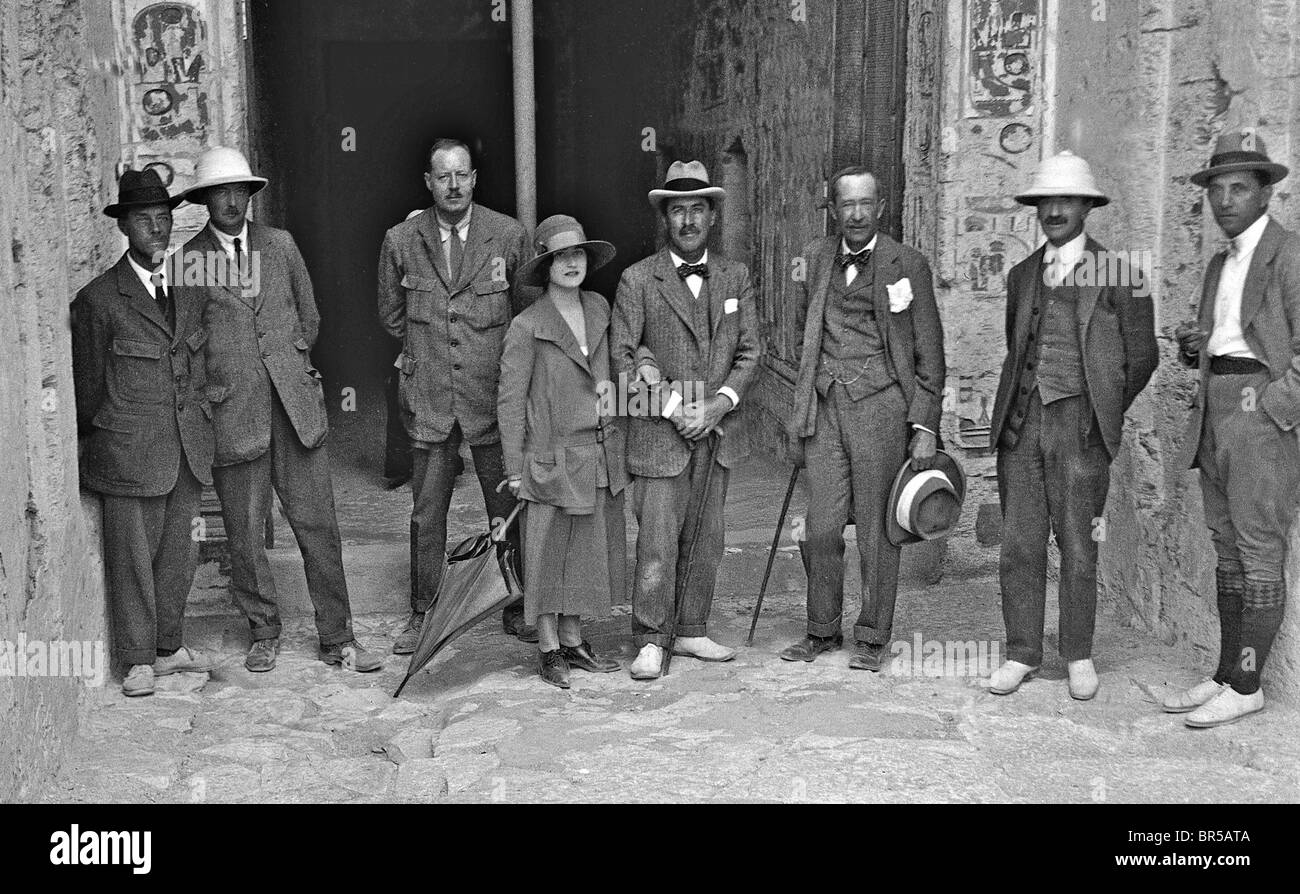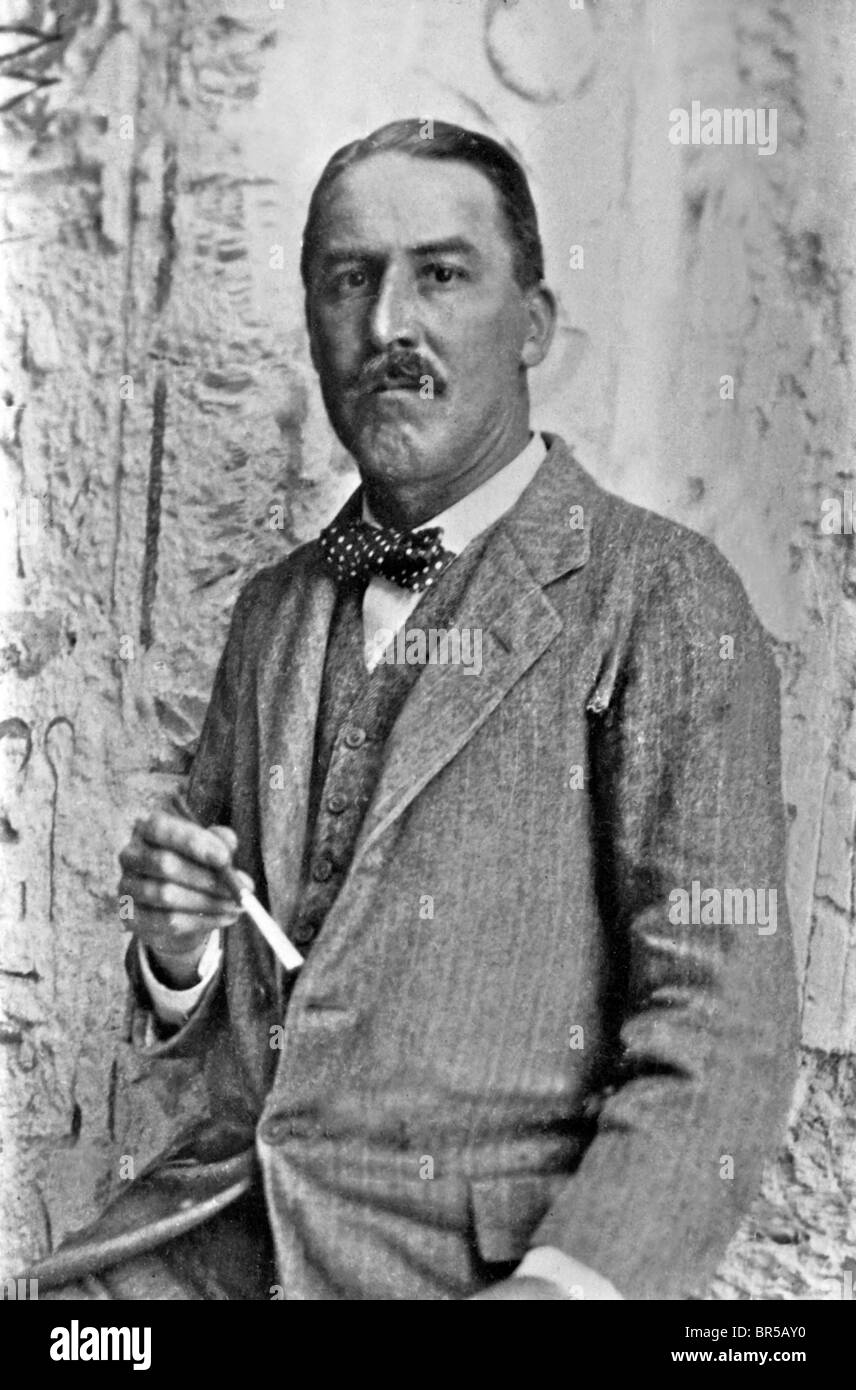


Final re-touches were carried out in situ the day before the opening, and – until a replacement arrives – only the keenest-eyed visitors will be likely to notice the patches of restoration on the plaque. Photo: Rakewell’s own, possiblyĬonservators Bianca Madden and Augustin Gamarra worked against the clock to reattach the pieces, fill the losses, and repaint them to copy the missing glaze. It broke very neatly in transit.Ī shattering discovery: the plaque unpacked. The blue plaque was designed, sculpted, biscuit fired, glazed, fired again, and despatched to Cairo in the diplomatic bag. All information in Carter House is bilingual – a first for the site – and the blue plaque was to be paired with a green plaque made in Cairo and inscribed in Arabic calligraphy. The British Embassy in Cairo had funded a ceramic blue plaque to adorn the entrance to the site, inspired by one that English Heritage had placed on Carter’s London home 20 years earlier. In early November, precisely a hundred years after the discovery of the tomb of Tutankhamun in the Valley of the Kings, Howard Carter’s mudbrick house in Luxor reopened after renovation and restoration undertaken by the American Research Center in Egypt.įinal preparations were thrown into genteel turmoil a few days before the opening. Look out for regular posts taking a rakish perspective on art and museum stories. Introducing Rakewell, Apollo’s wandering eye on the art world.


 0 kommentar(er)
0 kommentar(er)
